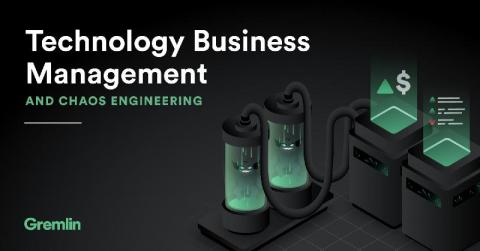Looking back on Chaos Conf 2020
It’s already been a week since we closed our third annual Chaos Conf! While we were forced to take the conference online, this meant that more of you could join us. Over 3,500 people signed up to help make this the world’s largest Chaos Engineering conference. That’s 5x more than 2019, and nearly 10x more than 2018! This is a testament to the growth of Chaos Engineering as a practice across many different industries and around the world.











